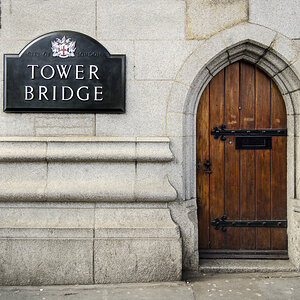RootBeerTuna
TPF Noob!
- Joined
- Jul 9, 2013
- Messages
- 7
- Reaction score
- 0
- Location
- Surrey, BC Canada
- Can others edit my Photos
- Photos OK to edit
I recently saw a video on YouTube where the guy said that any flash can trigger another off-camera flash to go off without the use of a cable or wireless transmitter. Now, firstly, is this actually true? And if it is, does anyone know how I can get my 320ex flash to fire off camera using my Rebel T3? I'm too poor to buy an off-camera flash cable or wireless transmitter at the moment, but I'd really like to start experimenting with off-camera lighting. I do know that the 320ex can only be used as a slave, but I can't figure out at all how to fire it using my pop-up flash on my T3.
And if it turns out that this isn't possible to do at all, would I be better off buying a flash capable of being triggered by another flash, or an off-camera flash cable/wireless transmitter when I get some extra cash?
I don't shoot a lot with flash as I haven't really learned how to use it properly, but I was thinking that if I had some sort of off-camera flash system, I'd be more inclined to learn how to use it properly.
And if it turns out that this isn't possible to do at all, would I be better off buying a flash capable of being triggered by another flash, or an off-camera flash cable/wireless transmitter when I get some extra cash?
I don't shoot a lot with flash as I haven't really learned how to use it properly, but I was thinking that if I had some sort of off-camera flash system, I'd be more inclined to learn how to use it properly.





![[No title]](/data/xfmg/thumbnail/34/34116-b81991a4a8a532509a981cadbacd573c.jpg?1619736286)
![[No title]](/data/xfmg/thumbnail/32/32165-6bb394c486dda7ec16d8fee786f03151.jpg?1619735234)
![[No title]](/data/xfmg/thumbnail/37/37629-fa70c9f81cc7da4d6a9b512502f9bf84.jpg?1619738155)





